What Can You See In Space With Binoculars?
Exploring the Night Sky with Binoculars: A Beginner's Guide
The night sky has fascinated humanity for millennia, and with the advent of modern technology, our ability to explore the cosmos has expanded dramatically. While telescopes are often the go-to tool for amateur astronomers, binoculars offer a surprisingly effective and accessible way to observe celestial objects. In this article, we will delve into what you can see in space with binoculars, providing practical tips and insights to enhance your stargazing experience.
Why Use Binoculars for Stargazing?
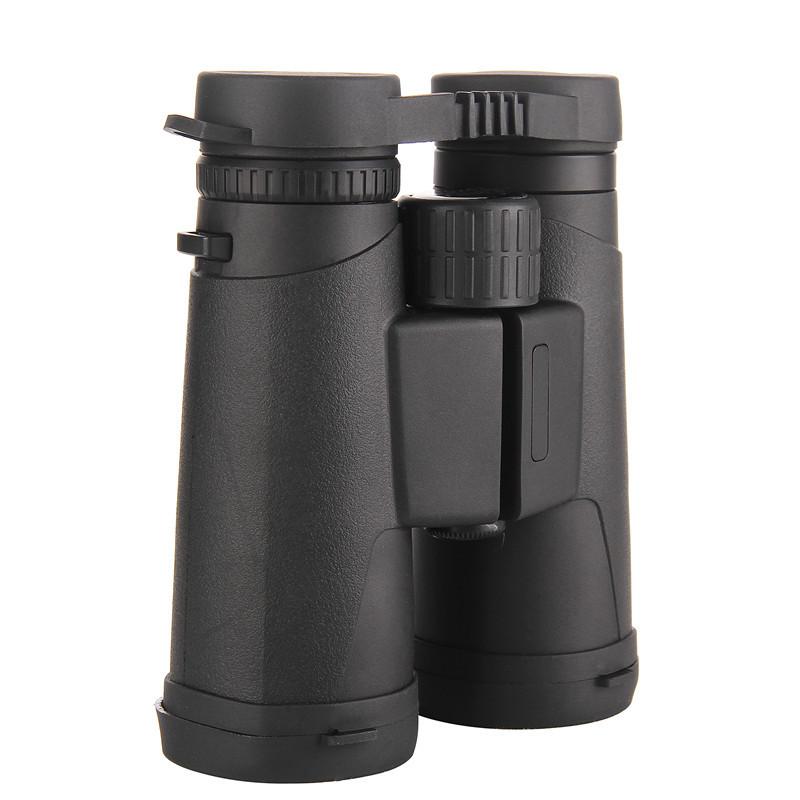
Before we dive into the specifics of what you can see, it's important to understand why binoculars are a valuable tool for stargazing. Binoculars are portable, easy to use, and generally more affordable than telescopes. They offer a wide field of view, making it easier to locate and track objects in the sky. Additionally, binoculars are less affected by atmospheric turbulence, providing a steadier image.
Choosing the Right Binoculars
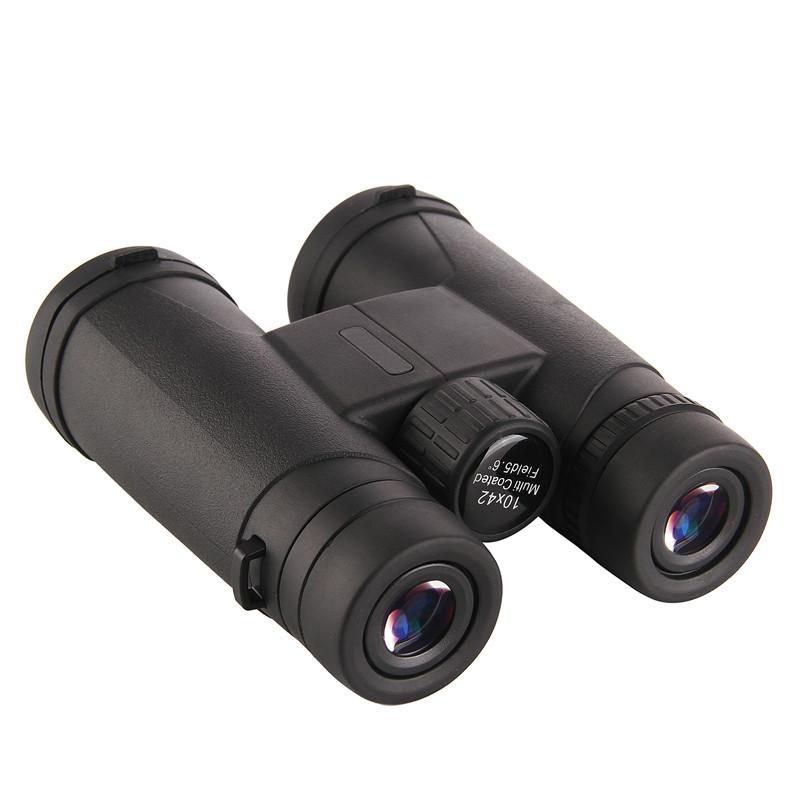
Not all binoculars are created equal, especially when it comes to stargazing. Here are some key features to consider:
1. Magnification and Aperture: Binoculars are typically labeled with two numbers, such as 10x50. The first number indicates the magnification power, while the second number represents the diameter of the objective lenses in millimeters. For stargazing, a pair with a magnification of 7x to 10x and an aperture of 42mm to 50mm is ideal.
2. Optical Quality: Look for binoculars with good optical coatings to reduce glare and improve light transmission. Multi-coated lenses are preferable.
3. Field of View: A wider field of view makes it easier to locate objects and enjoy panoramic views of the night sky.
4. Stability: Higher magnification can make it difficult to hold binoculars steady. Consider using a tripod or image-stabilized binoculars for a more stable viewing experience.
Celestial Objects You Can See with Binoculars
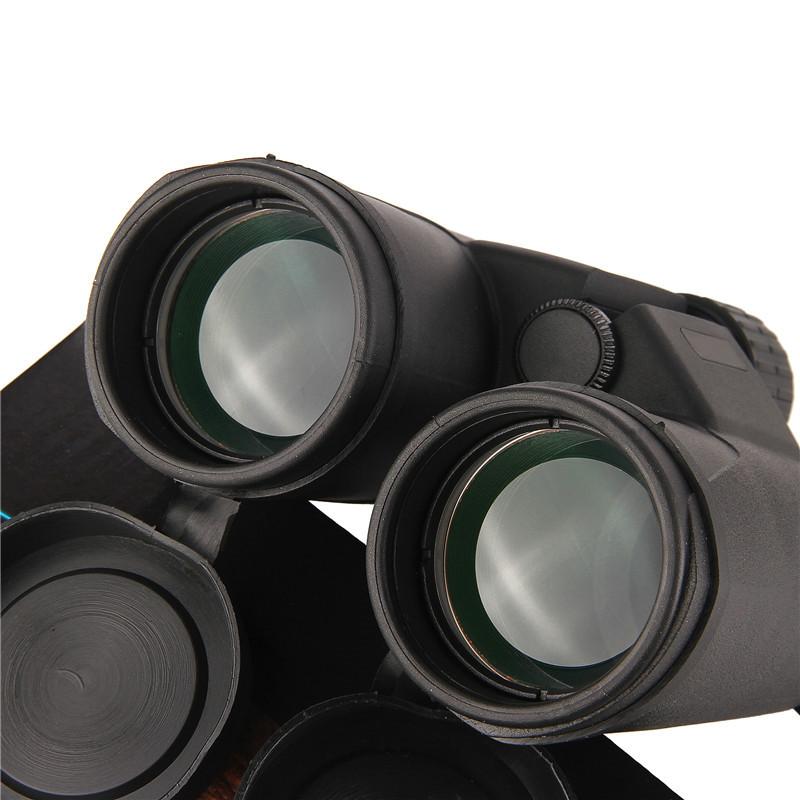
Now that you have the right equipment, let's explore the various celestial objects you can observe with binoculars.
The Moon

The Moon is one of the most rewarding objects to observe with binoculars. Even a basic pair will reveal a wealth of detail, including craters, mountains, and maria (large, dark plains). The best time to observe the Moon is during its crescent or gibbous phases when the shadows cast by the Sun highlight surface features.
Planets
While binoculars won't provide the same level of detail as a telescope, they can still offer impressive views of the planets:
- Jupiter: You can easily spot Jupiter's four largest moons—Io, Europa, Ganymede, and Callisto—known as the Galilean moons. On a clear night, you might even discern some of the planet's cloud bands.
- Saturn: Saturn's rings are a challenge to see with binoculars, but you can still identify the planet's oval shape and possibly its largest moon, Titan.
- Venus: Venus appears as a bright, featureless disk, but its phases (similar to the Moon's) can be observed with binoculars.
- Mars: Mars appears as a small, reddish disk. During opposition, when Mars is closest to Earth, you might catch a glimpse of its polar ice caps.
Star Clusters
Binoculars are excellent for observing star clusters, which are groups of stars bound together by gravity. Some notable clusters include:
- The Pleiades (M45): Also known as the Seven Sisters, this open cluster in the constellation Taurus is easily visible to the naked eye and stunning through binoculars.
- The Hyades: Another open cluster in Taurus, the Hyades forms a V-shape and includes the bright star Aldebaran.
- The Beehive Cluster (M44): Located in the constellation Cancer, this open cluster is a beautiful sight through binoculars.
Nebulae and Galaxies
While binoculars won't reveal the intricate details of nebulae and galaxies, they can still provide impressive views of these distant objects:
- The Orion Nebula (M42): Located in the constellation Orion, this bright nebula is one of the most spectacular objects visible with binoculars.
- The Andromeda Galaxy (M31): Our nearest galactic neighbor, Andromeda, appears as a faint, elongated smudge of light. Under dark skies, it's a breathtaking sight.
- The Lagoon Nebula (M8): Found in the constellation Sagittarius, this bright nebula is visible as a small, glowing patch.
Double Stars
Binoculars are also great for observing double stars, which are pairs of stars that appear close together in the sky. Some notable double stars include:
- Albireo: Located in the constellation Cygnus, Albireo is a stunning double star with contrasting colors—one blue and one gold.
- Mizar and Alcor: This famous double star in the handle of the Big Dipper is easily split with binoculars.
Tips for Successful Stargazing with Binoculars
To make the most of your stargazing experience, consider the following tips:
1. Find a Dark Sky Location: Light pollution can significantly impact your ability to see faint objects. Seek out a location away from city lights for the best views.
2. Use a Star Chart or App: A star chart or astronomy app can help you identify and locate celestial objects. Familiarize yourself with the constellations to make navigation easier.
3. Allow Your Eyes to Adapt: It takes about 20-30 minutes for your eyes to fully adapt to the dark. Avoid looking at bright lights, including your phone screen, to maintain your night vision.
4. Steady Your Binoculars: Holding binoculars steady can be challenging, especially for extended periods. Use a tripod or rest your elbows on a stable surface to reduce shaking.
5. Be Patient: Stargazing requires patience and practice. Take your time to scan the sky and enjoy the experience.
Binoculars offer a fantastic and accessible way to explore the night sky. From the craters of the Moon to the distant Andromeda Galaxy, there is a wealth of celestial wonders waiting to be discovered. By choosing the right binoculars and following some practical tips, you can embark on a rewarding journey through the cosmos. So, grab your binoculars, find a dark sky, and start exploring the universe from your own backyard. Happy stargazing!



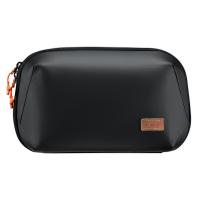

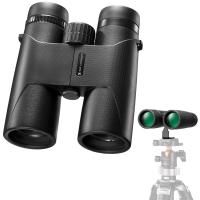

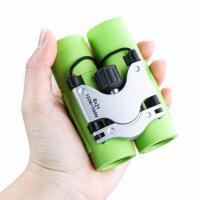
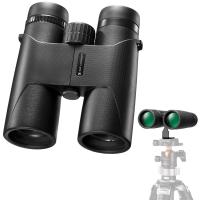

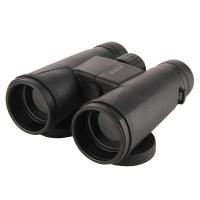
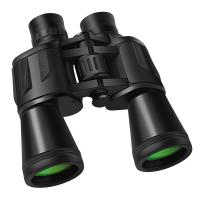





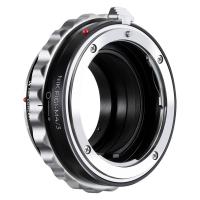









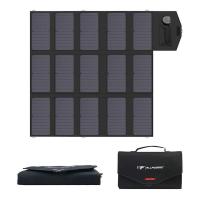







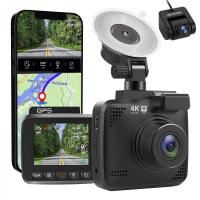

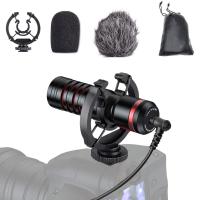



There are no comments for this blog.